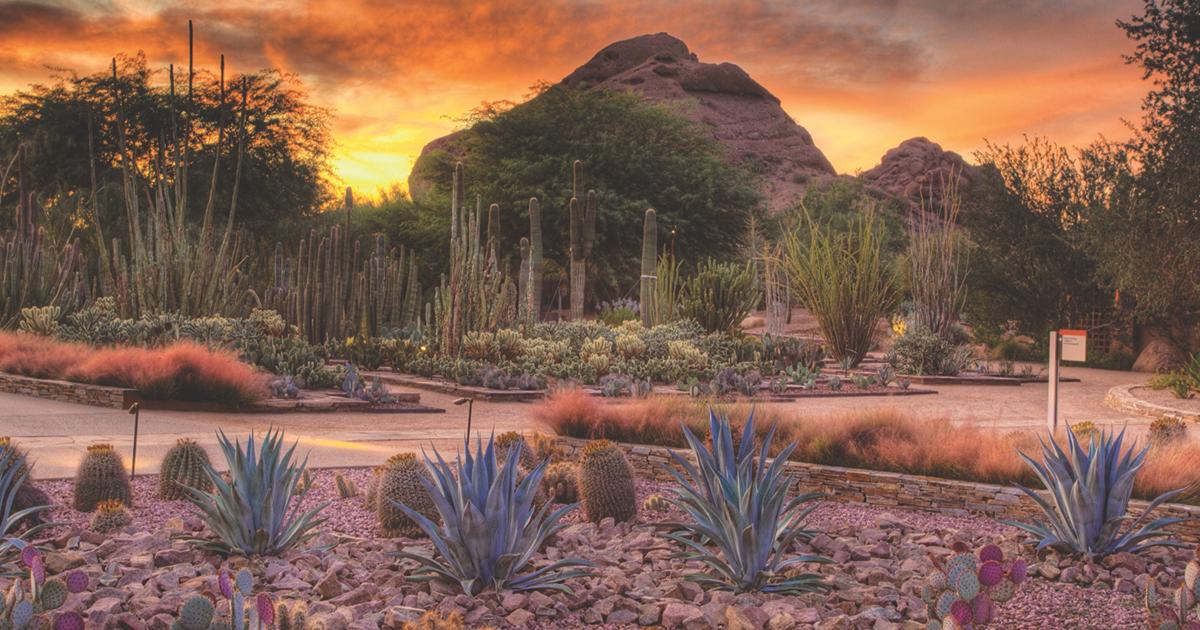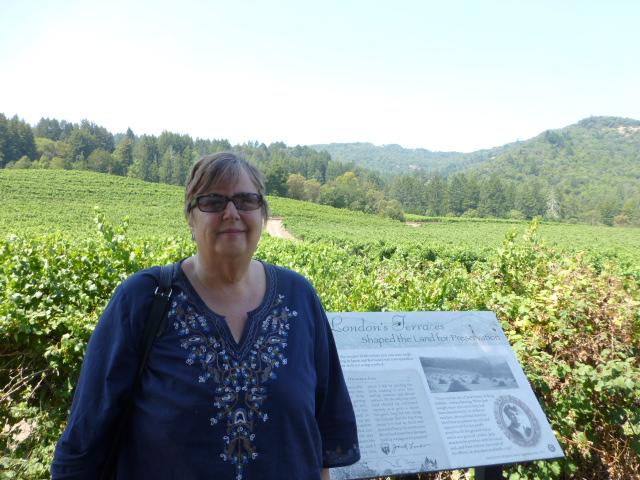“Groups are looking for authenticity these days—and that’s what we deliver,” says Doug MacKenzie, director of media relations for Visit Phoenix. “There’s so much that can be based on learning, whether it’s Native American traditions, the desert environment, cooking with cactus, visiting a local olive oil mill or stargazing with an astronomer.”
Shonda Patton (MPI Arizona Sunbelt Chapter), event specialist for Big Think Events, agrees, noting that the metro region continues to evolve as a multi-faceted destination.
“Phoenix used to want to be a mini Los Angeles, but now it’s really come into its own,” she says. “Along with the natural beauty, we’ve really grown in sophistication, with Michelin-starred restaurants and lots of nightlife and entertainment. At the same time, it’s still relatively easy to navigate and has kept its unique character.”
What’s New
Already boasting an exceptional collection of upscale resort hotels, Greater Phoenix keeps refining its offerings. Among properties that have recently completed major expansions and renovations is Harrah’s Ak-Chin, a casino resort located in Maricopa about 40 miles south of Phoenix.
The resort recently unveiled a new, 229-room hotel tower, bringing total guest rooms to 529. Other improvements to the property, which is operated by Caesars Entertainment and owned by the Ak-Chin Indian Community, are a new, 16,000-squre-foot ballroom and renovated outdoor event areas including a pool area with a swim-up bar. The UltraStar Multi-tainment complex provides additional meeting and event space for attendees.
According to Abby Hobbs, CMP, director of sales - portfolio west for Caesars Entertainment, the numerous onsite dining and entertainment options at Harrah’s Ak-Chin make it “great for planners concerned with losing attendees to nearby attractions and distractions.”
Scottsdale is getting ready to welcome new resort properties, including The Ritz-Carlton Paradise Valley, set to open late next year on 20 acres with views of Camelback Mountain. The 200-room resort will include a full-service spa, a citrus orchard and 20,000 square feet of meeting and event space.
Caesars Entertainment recently announced plans to build a non-gaming property across from Scottsdale Fashion Square. The 266-room Caesars Republic Scottsdale will feature a 7,000-square-foot ballroom and event space that includes a rooftop pool deck with panoramic views.
Last year, The Phoenician resort in Scottsdale marked its 30th anniversary by completing a US$90 million renovation that included a redesigned golf course and the addition of a three-level spa and a 4,600-square-foot fitness facility.
In downtown Phoenix, Marriott International recently purchased the Sheraton Grand Phoenix and announced plans for a major renovation of the convention hotel, which offers 77,000 square feet of meeting space.
A new property in the area is the Hampton Inn & Suites Phoenix Downtown, which is located within walking distance of the Phoenix Convention Center and the Arizona State University downtown campus.
“It’s a nice new option for budget-minded convention attendees,” MacKenzie says.
Versatile Venues
Numerous venues enable attendees to experience the Sonoran Desert just minutes from their hotel rooms. Within the city limits of Phoenix, the Desert Botanical Garden is a 140-acre complex of themed gardens and exhibitions nestled among the buttes of Papago Park. It’s devoted to the diverse range of succulents native to the Southwest, including many rare and endangered species.
“The Botanical Garden is really phenomenal, whether you’re using the indoor or outdoor event spaces,” Patton says. “It really showcases the natural beauty of our area.”
The garden’s options for groups are many, including docent-led walks, sunset receptions on the Wildflower Terrace, chef’s exhibition dinners at Gertrude’s restaurant, tai chi sessions in the herb garden and outdoor banquets with cactus centerpieces and dishes prepared with herbs and other ingredients from the garden.
Private reserves, ranches and estates throughout the region lend themselves to a variety of events, providing versatile, panoramic backdrops for memorable evenings under the stars. Among them is Desert Foothills in Scottsdale, an open space accommodating events from 50 to more than 1,000 people in a setting amid saguaros and mesas. While conducive for cowboy cookouts and other Western themes, the venue can also be dressed up for more elegant events.
“It’s a blank canvas that can be transformed in any number of ways,” says Lori James-Brownell, owner of AZA Destination & Event Management. “For an incentive program, we recently did a big gala evening with an awards dinner by setting up architectural tents with open sides and chandeliers. We painted a desert path and did uplighting on the cacti. It was truly magical.”
Also popular with event planners is Fort McDowell Adventures, which is part of the Yavapai Nation reservation bordering Scottsdale that also includes the We-Ko-Pa Resort & Conference Center. Fort McDowell Adventures offers a variety of venues, including La Puesta Del Sol, located on top of a cactus-dotted mesa with 360-degree views, and the more intimate Rosa’s Ranch, which has fire pits and a wood-burning kiva oven, seating areas and a covered reception terrace.
Also operated by Fort McDowell Adventures, the Boulder House works well for high-end gatherings of 25 people or less, according to Julie Wong, CMP (MPI Arizona Sunbelt Chapter), event planner with The Event Concierge.
“It’s this fantastic house built around natural boulders—a really beautiful and unique venue,” she says.
Learning the art of horsemanship and ranch skills is another way that Arizona traditions are incorporated into meeting programs. Among the most popular is the Arizona Cowboy College, which provides customized programs for groups at a family owned ranch in Scottsdale.
Another approach to horsemanship with a team-building twist is provided by Hunkapi, a Scottsdale therapeutic riding school that began as a program at Arizona State University for children with autism and their families. Now offering adult programs, groups can participate in riding exercises designed to foster leadership and cooperation.
Providing an introduction to the rich Native American history and culture of the region, Phoenix’s Heard Museum is also a flexible venue for events, according to Wong.
“It has great spaces for small and large events—there’s a large ballroom and courtyard or you can buy out the whole museum and combine an event with a tour,” she says. “We’ve brought in Native American hoop dancers and done inter-active events with basket weavers, flutists and other artists.”
Tips for Planners
While seasonality is still a big factor for when to meet in the greater Phoenix area, Wong says that more groups are choosing to take advantage of the lower rates available outside of the winter high season.
“We’re seeing the shoulder seasons of spring and fall spreading in popularity, with only July and August the really quiet times now,” she says.
For groups meeting in summer, Wong recommends scheduling outdoor activities such as ballooning or golf early in the day and then meeting during the afternoon.
“Summer is also a good time to schedule a spa day—we are known for our wellness amenities,” she says.
No matter what time of year, Patton recommends that planners allow time for a day trip to explore Arizona’s other unique destinations, particularly Sedona with its red-rock landscape and vibrant arts community.
“Sedona is just an hour and 20 minutes away and groups really love it,” she says. “You can also combine Sedona with Jerome, a great old mining town with lots of local galleries and artisans.”



